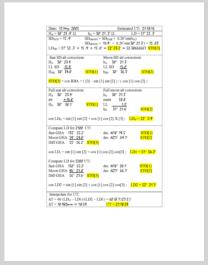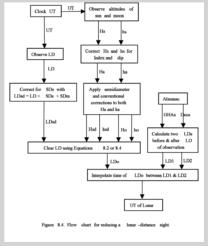
NavList:
A Community Devoted to the Preservation and Practice of Celestial Navigation and Other Methods of Traditional Wayfinding
Re: Lunars
From: Peter Hakel
Date: 2015 Oct 31, 17:05 +0000
From: John Karl <NoReply_JohnKarl@fer3.com>
To: pmh099@yahoo.com
Sent: Wednesday, October 28, 2015 5:22 PM
Subject: [NavList] Re: Lunars
Attached File:

(Lunar-Wk-Sheet.pdf: Open and save or View online)
Attached File:

(Lunar-flow-Diagram.pdf: Open and save or View online)
From: Peter Hakel
Date: 2015 Oct 31, 17:05 +0000
This method has also been implemented in the attached spreadsheet, which is preset with John's example. See also:
Peter Hakel
From: John Karl <NoReply_JohnKarl@fer3.com>
To: pmh099@yahoo.com
Sent: Wednesday, October 28, 2015 5:22 PM
Subject: [NavList] Re: Lunars
I haven't been following the lunar discussion in detail, but there's been so many posts that I might as well chime in. Attached is an example of a lunar work up using a hand-held calculator (for those who might be interested). At first, it looks complicated because it interpolates between two calculated LDs (lunar distances) instead of using tables of some sort. Its advantage is that there are no unkown mysteries (like tables provided by someone else). It uses only those items (like the nautical almanac) that are used in every normal sight reduction, and no new equations. Of course, for those prone to write computer programs this would be a very simple one.
STO[n] means store the number in calculator location n, and RBA stands for the relative bearing angle. A flow chart of the reduction is also attached. And for more info see my book "Celestial Navigation in the GPS Age (revised & Expanded Edition)."
Happy lunny times,
John K.
Attached File:

(Lunar-Wk-Sheet.pdf: Open and save or View online)
Attached File:

(Lunar-flow-Diagram.pdf: Open and save or View online)







